Wireless communication is a critical discipline within computer science and electrical engineering, yet the concepts have often seemed elusive to non-specialists. However, this etextbook makes digital communication and receiver algorithms for wireless communication accessible to graduates, undergraduates, and practicing electrical engineers. No previous experience is necessary in analog or digital communication as Heath presents digital communication fundamentals from a signal processing perspective. He puts emphasis on the complex pulse amplitude modulation, which is used in most commercial wireless systems, and describes specific receiver algorithms for implementing wireless communication links.
The book covers a wide range of topics, including the basics of wireless communication: its history, applications, and the central role of signal processing. It also introduces digital communication essentials, such as distortion, coding/decoding, channels, encryption, and modulation/demodulation. Heath elaborates on synchronization, including symbol, frame, and carrier frequency offset. Signal processing is another key aspect that covers linear time-invariant systems, Fourier transforms, probability/random processes, derivation of complex baseband signal representation and equivalent channels, and multi-rate signal processing.
Least-squared estimation techniques are also discussed, building on the linear algebra typically taught to electrical engineering undergraduates. Furthermore, the book delves into frequency-selective channel estimation and equalization. The last chapter includes modern techniques using multiple transmit and/or receive antennas, such as MISO, SIMO, and MIMO-OFDM, which extend the concepts presented in the previous chapters.
Each chapter includes previews, bullet-point summaries, examples, and numerous homework problems to help readers test their knowledge.
Note: This ebook is sold separately and does not include any online access codes.

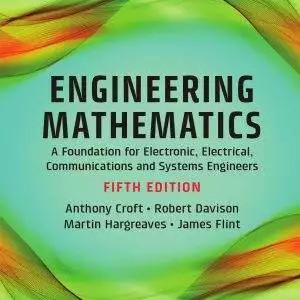
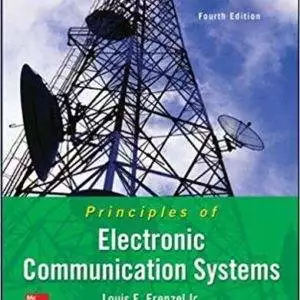

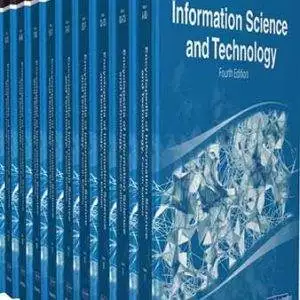
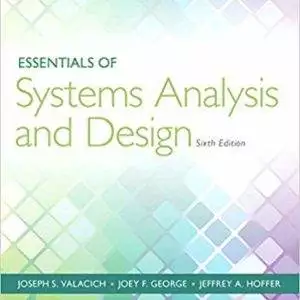
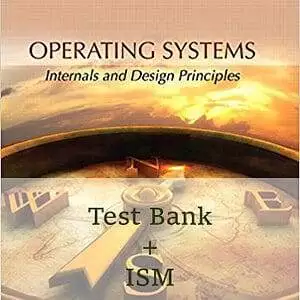
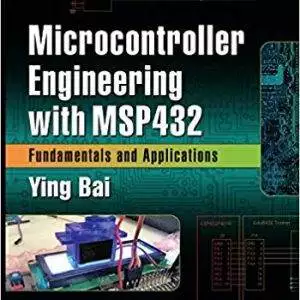
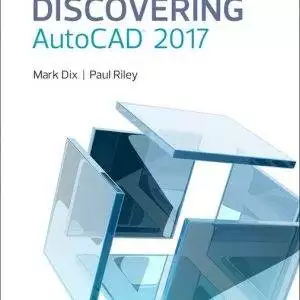
Reviews
There are no reviews yet.